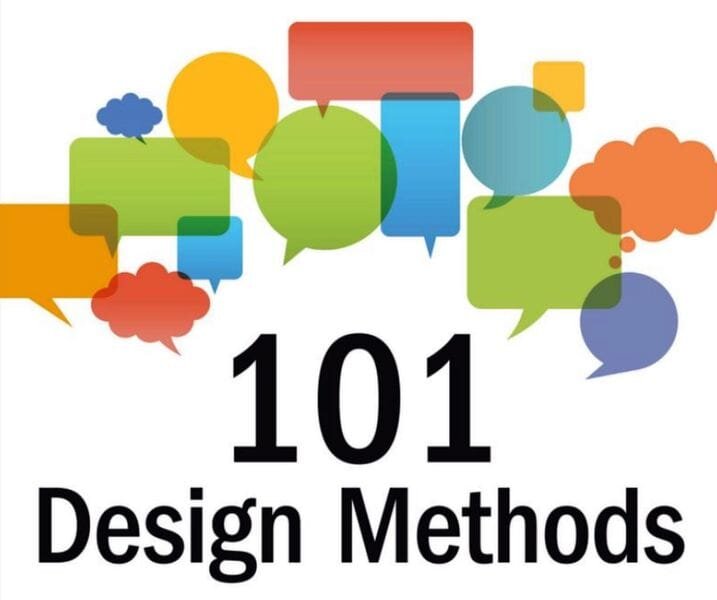![101 Design Methods [Source: Amazon]](https://fabbaloo.com/wp-content/uploads/2020/05/image-asset_img_5eb08d0dd2a0c.jpg)
This week’s selection is “101 Design Methods: A Structured Approach for Driving Innovation in Your Organization” by Vijay Kumar.
Design is at the heart of 3D printing, as the printing process is merely to give physical form to someone’s carefully thought out design. Thus in a sense, design is much more important than the making. Indeed, with today’s 3D printer access, it is a trivial matter to simply “print it again”, but only if you have possession of the design.
But how are designs really created?
In the past design was sometimes attempted from an artistic point of view. A designer would conjure up an interesting configuration that provided an aesthetic thrill, and that might be that.
On the other hand, and this still happens far too often, the industrial design would be left to engineers who overly focus on technical functionality, leaving the users of the design perplexed as to how to learn and use the product.
That last point is particularly evident in the industrial designs of far too many 3D printers these days. It’s quite rare that I run across a desktop 3D printer that exhibits proper design from a user point of view, and most often it seems that an engineer simply wanted to dump as much function as possible on to the operator.
These are not the right ways to design a product for actual human users. But what is the right way?
This book offers an approach to product design that is in line with modern practices. It’s a scientific approach to design, rather than an artistic or engineering adventure. The process described in the book provides a step-by-step approach to dialing in a design to best match the true needs of the intended users.
It’s a customer-focused approach, instead of focusing on the needs of the artist or engineer. Yes, those aspects are still important, but they are only a small piece of the ultimate product puzzle.
Amazon explains the goal of the book:
“Unlike other books on the subject, 101 Design Methods approaches the practice of creating new products, services, and customer experiences as a science, rather than an art, providing a practical set of collaborative tools and methods for planning and defining successful new offerings. Strategists, managers, designers, and researchers who undertake the challenge of innovation, despite a lack of established procedures and a high risk of failure, will find this an invaluable resource. Novices can learn from it; managers can plan with it; and practitioners of innovation can improve the quality of their work by referring to it.”
The book follows a very structured path, with four core principles:
-
Build Innovations Around Experiences
-
Think of Innovation as Systems
-
Cultivate an Innovation Culture
-
Adopt a Disciplined Innovation Process
The bulk of this book covers the seven “modes” of design innovation. According to the authors, they are:
-
Sense Intent
-
Know Context
-
Know People
-
Frame Insights
-
Explore Concepts
-
Frame Solutions
-
Realize Offerings
I won’t go into detail explaining these modes, as they are essentially the core of the book. However, as you can tell by reading them, this is all about understanding the intended users in all relevant dimensions, and then and only then proposing solutions. But note that there isn’t necessarily “one” solution; there are many possible solutions and they each must be evaluated.
If you’re designing products with your 3D printer – or if you are designing a 3D printer itself – you should consider reviewing this book to gain insights on how your design could be adapted to better fit its users.
Via Amazon

